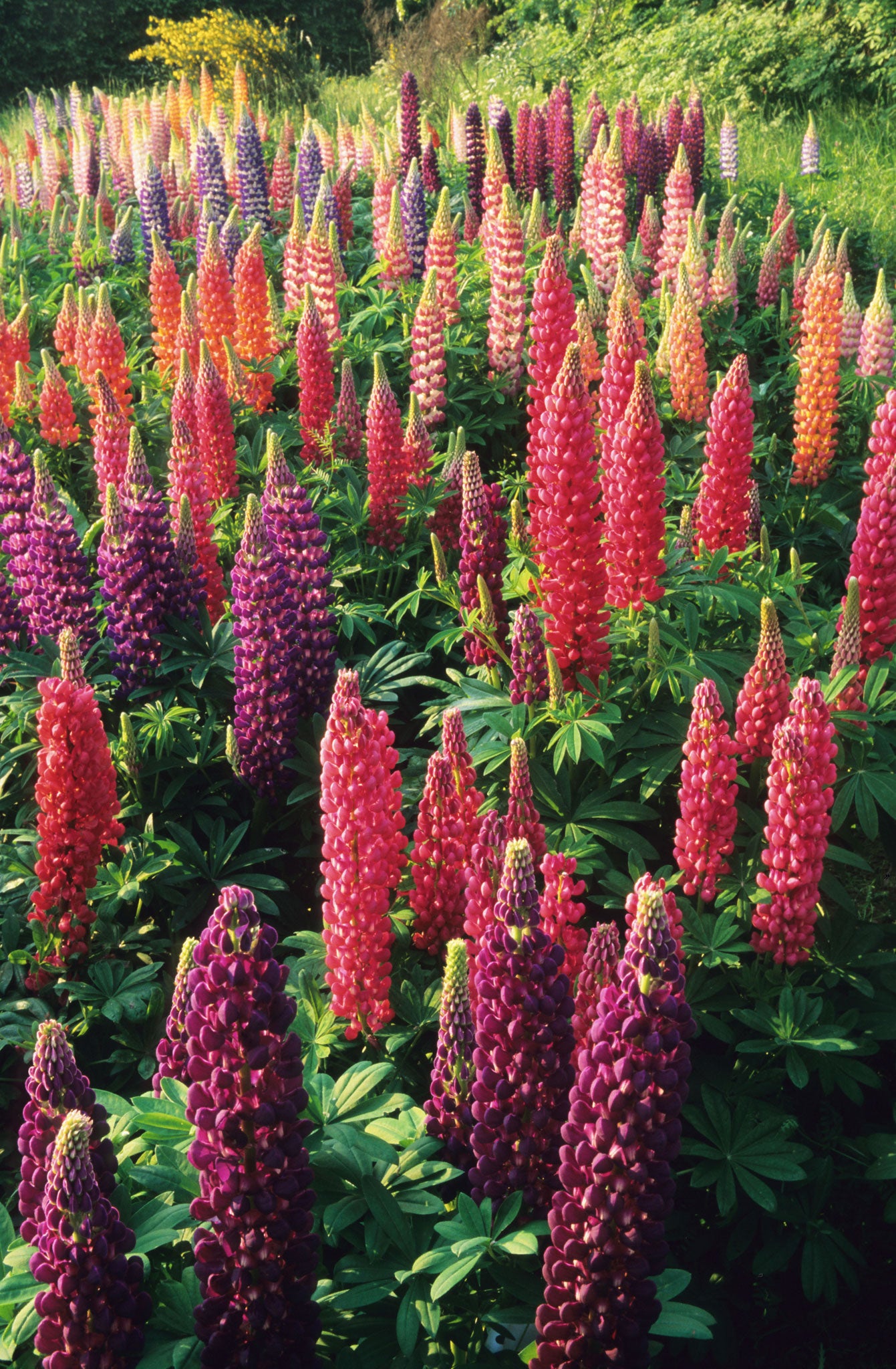Emma Townshend: 'I grew my first lupins aged eight - but I've never been able to reproduce those towering pillars of vivaciousness since'

Your support helps us to tell the story
From reproductive rights to climate change to Big Tech, The Independent is on the ground when the story is developing. Whether it's investigating the financials of Elon Musk's pro-Trump PAC or producing our latest documentary, 'The A Word', which shines a light on the American women fighting for reproductive rights, we know how important it is to parse out the facts from the messaging.
At such a critical moment in US history, we need reporters on the ground. Your donation allows us to keep sending journalists to speak to both sides of the story.
The Independent is trusted by Americans across the entire political spectrum. And unlike many other quality news outlets, we choose not to lock Americans out of our reporting and analysis with paywalls. We believe quality journalism should be available to everyone, paid for by those who can afford it.
Your support makes all the difference.Life is definitely sometimes really annoying. My example is not on a massive scale, but here we go. What I'm thinking of is this: when I was about eight, my mum let me have a patch of flower bed of my own for the first time. It was a very chalky garden, full of actual lumps of both chalk and flint – pretty unpromising, but nonetheless I was ecstatic. So I chose some seeds to grow in it.
What I chose were "Russell Strain" lupins. Old-fashioned plants, we think now, but I've seen them in use in recent years at Chelsea and to me they suddenly have the air of something entirely invented to please modern eyes – stacks of bright colour, alternating with the flair of something Italian from the 1950s. Pucci-ish, even.
The Russell who bred the strain was a man of devious and delectable effect: the packets used to bear a picture of the gentleman himself. George Russell was already retired when he began breeding lupins, using two adjoining allotments as a testbed, and in a brilliant act of Third Age Spunkiness, did his first display at the Chelsea Flower Show aged 79.
Perhaps my granddad was handed the chosen packet to germinate, probably growing in the greenhouse a range of little plants which we transplanted into the chalky soil. But my memory, possibly false, is of tiny germinating leaves in the flower bed itself, and then the beautiful star-shaped fingers of the lupin leaf. Lupins have soft blue-green leaves, with long pale central veins. And then in the summertime, these tall pyramid flowers, zigguratty, with neat levels of colour. My memory of that very first flower bed I ever owned, possessed, controlled, is of a crazy mix of hues, all the different possibilities of lupin tumbling over each other. And who knows now whether it's right? We didn't take any photos.
At a scientific level, the stripiness they have is probably some neat demonstration of the switching on and off of active genes, but garden-wise, my heart still sort of jumps with pleasure when I see a really good lupin. And see really good lupins I do. In garden centres, in nurseries, in other people's gardens. When they were for sale, I used to buy them in a mood of hope: I'd bring them home, aiming to match that early beauty, that memory. Or even just to evoke it a tiny bit.
Home. Where they would immediately be eaten by snails.
Now look, there's being eaten by snails, like nibbled; like damaged; like being made to look a little bit uglier. And there's being eaten, like you look out after three days and notice the entire plant is gone. The whole thing. There is a tiny piece of stump, which looks like a cucumber stick that's been gnawed by a weaning-on-demand baby possessed of sharp gnashers, covered with gastropod mucus. It's a disgusting, depressing sight. And it's a repetitive, unavoidable one as far as my garden is concerned. I have never possessed a lupin again in my life, since I was eight years old, for longer than a week, before all that was left of it, gobbled by London snails, is that tell-tale mucoid stump.
In the interim, I've found ways to protect other delicate plants I own from the voracious tastebuds of the mollusc party. I have installed copper strips; occasionally I've even spread slug pellets. My peonies are healthy enough to streak forth from the earth in spring with only a nibble or two on the earliest buds; the first eight leaves of my artichoke plants look like grey-green lace, and after that the artichokes win. But lupins! Never, never again.
There's something so pathetic about trying to repeat a memory. Trying to seek back into the past and retrieve the irretrievable, repeat something that shouldn't, couldn't be repeated. And reading through the gardening literature, I find this line, repeated, about how lupins won't grow in chalk, and begin to doubt the memory even further.
Yet still I hanker after this one plant. And if I could just once get that lupin-filled flower bed, that sense of abundance, that I remember; well, I suppose, then the question would be something slightly weirder: what do you do, once you have everything you want? What then?
Join our commenting forum
Join thought-provoking conversations, follow other Independent readers and see their replies
Comments